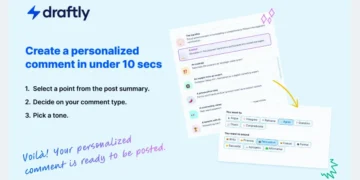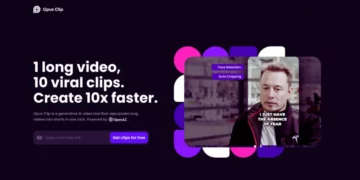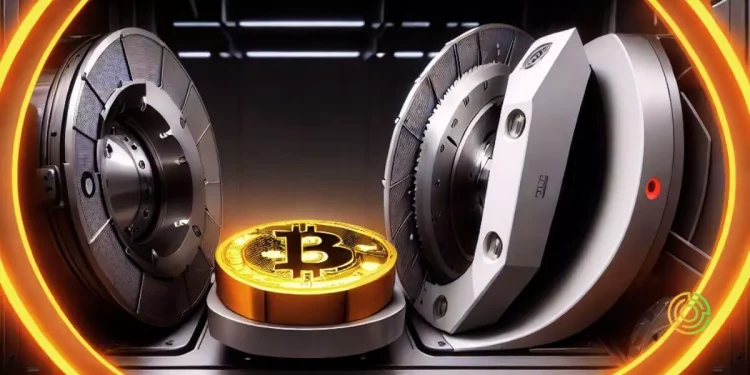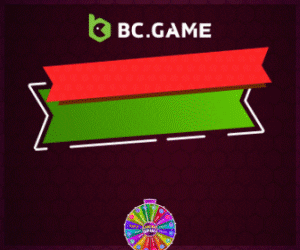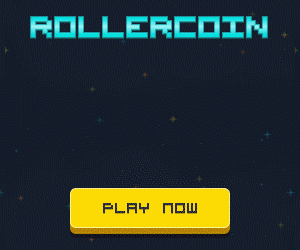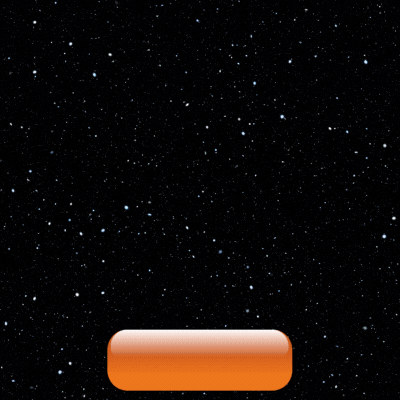Bitcoin halving is one of the most important recurring events for the cryptocurrency. The mechanism reduces the bitcoin minting reward, affecting supply inflation and impacting price and mining operations.
What Is Bitcoin Halving?
Halving is built into bitcoin’s code to control the overall supply. It occurs approximately every 4 years and cuts the reward miners receive for processing blocks in half.
When bitcoin first launched, miners received 50 BTC per block. The first halving reduced this to 25 BTC, then 12.5 BTC, and the 2020 halving dropped it to the current 6.25 BTC. Future halvings will continue reducing by half.
In total, only 21 million bitcoin will ever exist. Halving ensures controlled release of the fixed supply over time until the maximum is reached through declining block rewards.
Why Does Bitcoin Halve?
Halving aims to make bitcoin scarce and resistant to inflation. Cutting the supply rate increases scarcity over time, establishing digital gold properties.
Without halving, all bitcoin would be mined relatively quickly. And miners would have no block reward incentives once the total 21 million cap was reached. Halving sustains mining operations for over 100 years until 2140.
Cryptocurrency users also value the predictability halving creates around bitcoin’s circulating supply and release schedule. This contrasts with government money printing.
Overall, halving makes bitcoin a provably finite resource, preserving its value based on economic principles of supply and demand into the future.
Bitcoin Halving Dates
The timing of bitcoin halving events follows a clear schedule, as they occur every 210,000 blocks mined on the network. Here are the past and upcoming estimated halving dates:
- November 28, 2012 – Block 210,000 – 50 to 25 BTC
- July 9, 2016 – Block 420,000 – 25 to 12.5 BTC
- May 11, 2020 – Block 630,000 – 12.5 to 6.25 BTC
- March 2024 – Block 840,000 – 6.25 to 3.125 BTC
The cycles between halving events last around four years based on an average block time of 10 minutes. But the exact duration varies based on factors like mining hash rate.
Price Impact From Halving
Many speculate bitcoin halving events act as catalysts for starting new bull runs, although the linkage remains debated. The supply shock often changes market dynamics.
Both the 2012 and 2016 halvings preceded major bitcoin bull markets. And the 2020 halving coincided with the start of the huge Covid-driven bull run taking bitcoin to $60K+ by year-end.
However, it’s worth noting the halvings themselves don’t directly change demand. And other factors like growing adoption likely also played a role in past price gains.
Still, decreasing the minting rate while demand increases should put upward pressure on bitcoin prices over the long-term based on fundamental economic principles.
Effects of Halving on Bitcoin Mining
For miners, halving events cut heavily into profits on paper. But network effects often offset this.
With fewer new bitcoin entering circulation after the halving, mining remains profitable if prices rise to reflect the reduced inflation. Many believe this increased scarcity leads to appreciation.
Of course, some higher cost miners inevitably get forced out after halving events if prices don’t quickly appreciate to cover their now halved block rewards. This consolidates network power to more efficient mining firms.
But the bitcoin algorithm ensures it stays profitable enough for mining infrastructure to sustain. Difficulty adjustments combined with higher prices have kept the network secure through past halvings.
Future Outlook After Halving
Bitcoin halving will likely continue playing a key role in its economics moving forward. But the nuances remain complex, especially with growth at scale.
If adoption stalls or price stagnates, halving’s impact could significantly shift. And as block rewards eventually decline to zero, fee incentives must sustain mining to secure the network.
However, the hard-coded digital scarcity established by halving still provides underlying assurance. Combined with bitcoin’s expanding utility and integration, it offers long-term resilience and security.
Conclusion
Halving represents a crucial mechanism ensuring bitcoin’s controlled supply release and providing mining incentives over time. The events put upward pressure on price but also consolidate network power in efficient miners.
Looking ahead, halving may have different effects at larger scale, but the core principles maintain bitcoin’s ethos of digital gold. While complex, halving reinforces the attributes that give cryptocurrency unique and enduring value.
FAQs
It cuts the block reward miners receive in half approximately every 4 years. This reduces bitcoin’s supply inflation rate over time.
How does halving affect bitcoin’s price?
Reduced supply often increases prices, but many factors are at play. Growing demand needs to offset lower minting incentives to miners.
When is the next bitcoin halving?
The next halving is estimated to occur around March 2024 based on projections of block times and activity. It will reduce the current 6.25 BTC block reward to 3.125.
How does halving impact bitcoin mining?
With fewer new bitcoin entering circulation, mining profits depend on appreciation to offset lower block rewards. Less efficient miners risk going out of business if this doesn’t happen.
Why is halving important for Bitcoin?
It ensures a controlled supply release and provides mining incentives as rewards decline. Halving reinforces digital scarcity which gives bitcoin inherent value.
How many bitcoin halvings will occur?
64 total halvings are programmed, with the final around the year 2140. Block rewards will trend toward zero over time, making transaction fees the incentive for miners.
Does the bitcoin price always rise after halving?
Historically price has risen in bull runs after halving. But the events don’t directly impact demand. Other factors like adoption and perception also affect price movement.
Follow us on our social networks and keep up to date with everything that happens in the Metaverse!
Twitter Linkedin Facebook Telegram Instagram Google News Amazon Store












